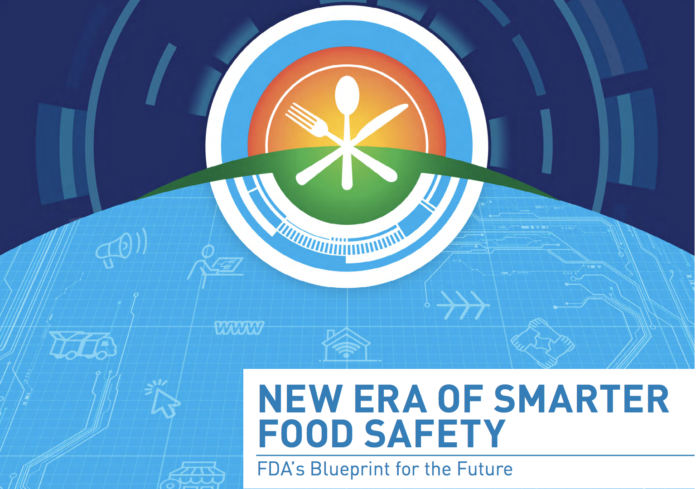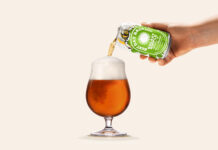
The FDA’s recently released New Era of Smarter Food Safety blueprint presents a new approach to food safety that builds on the Food Safety Modernization Act (FSMA). The blueprint outlines a plan to use technology and other tools to create a safer and more digital, traceable food system. The goal is to use technology to build and implement more effective approaches and processes that ensure safe food.
Originally scheduled for release in March, the blueprint was delayed by COVID-19. The pandemic also led to revisions of the original report. “Whatever theoretical or aspirational aspects there were to this blueprint before the pandemic, those have been propelled into concrete and essential action plans.,” said FDA Commissioner Stephen M. Hahn, M.D., in a statement.
The blueprint has four core elements. Teams led by senior leaders in the FDA’s foods program will work on implementing each element. These elements are:
Tech-enabled traceability
The goal is to trace a contaminated food to its source in minutes, rather than days or longer. The FDA wants to encourage food companies and give them incentives to implement new tracing technologies that follow food from farm to table.
“During the pandemic we realized that widespread traceability provides greater supply chain visibility,” said Hahn. “This, in turn, can help the FDA and the food industry anticipate the kind of imbalances in the marketplace that led to temporary shortages of certain commodities and created food waste when producers lost customers because restaurants, schools, and other sites temporarily closed.”
Plus, combining advanced analytical tools with better traceability could lead to early identification of potential problems and help prevent or lessen their effect.
Smarter tools and approaches for prevention and outbreak response
Better traceability will increase FDA ability to analyze root causes and use them to better inform the prevention-based framework established by FSMA.
“One of our most important resources we have today lies in our ability to unleash the power of data,” said Hahn. “We intend to do everything we can to attain better quality data, conduct a more meaningful analysis of it, and to transform streams of data into more meaningful, strategic, and prevention-oriented actions.”
New business models and retail modernization
The trend of home delivery of both groceries and food has increased rapidly. “We must help ensure that as these foods travel to our front doors, they continue to be safe for consumers,” said Hahn. “That concept is important an any time, but COVID-19 has accelerated the need to establish best practices and an industry standard of care in this area.”
The FDA is also looking at new food production methods, such as cell-cultured food products. As food technology evolves, the FDA wants to make sure its oversight evolves to help ensure food safety.
A new culture of food safety
The blueprint also focuses on cultivating the growth of and strengthening the food safety culture on farms and in food facilities.
Hahn noted the pandemic has created a new perspective on the meaning of food safety culture. While reducing foodborne disease includes the need to influence and change human behavior and address employee thinking about food safety, a strong culture of food safety also involves keeping food workers safe and educating consumers on safe food handling practices.
The FDA acknowledges that achieving the goals in the blueprint will require the combined efforts of food companies, technology firms, government agencies, and consumers. “Working together and thinking outside the box, we’ll create a more digital, traceable and safer food system that advances food safety, improves the quality of life for consumers in this country and all over the world, and better prepares us for unexpected events that could impact the food supply,” concludes the blueprint.







